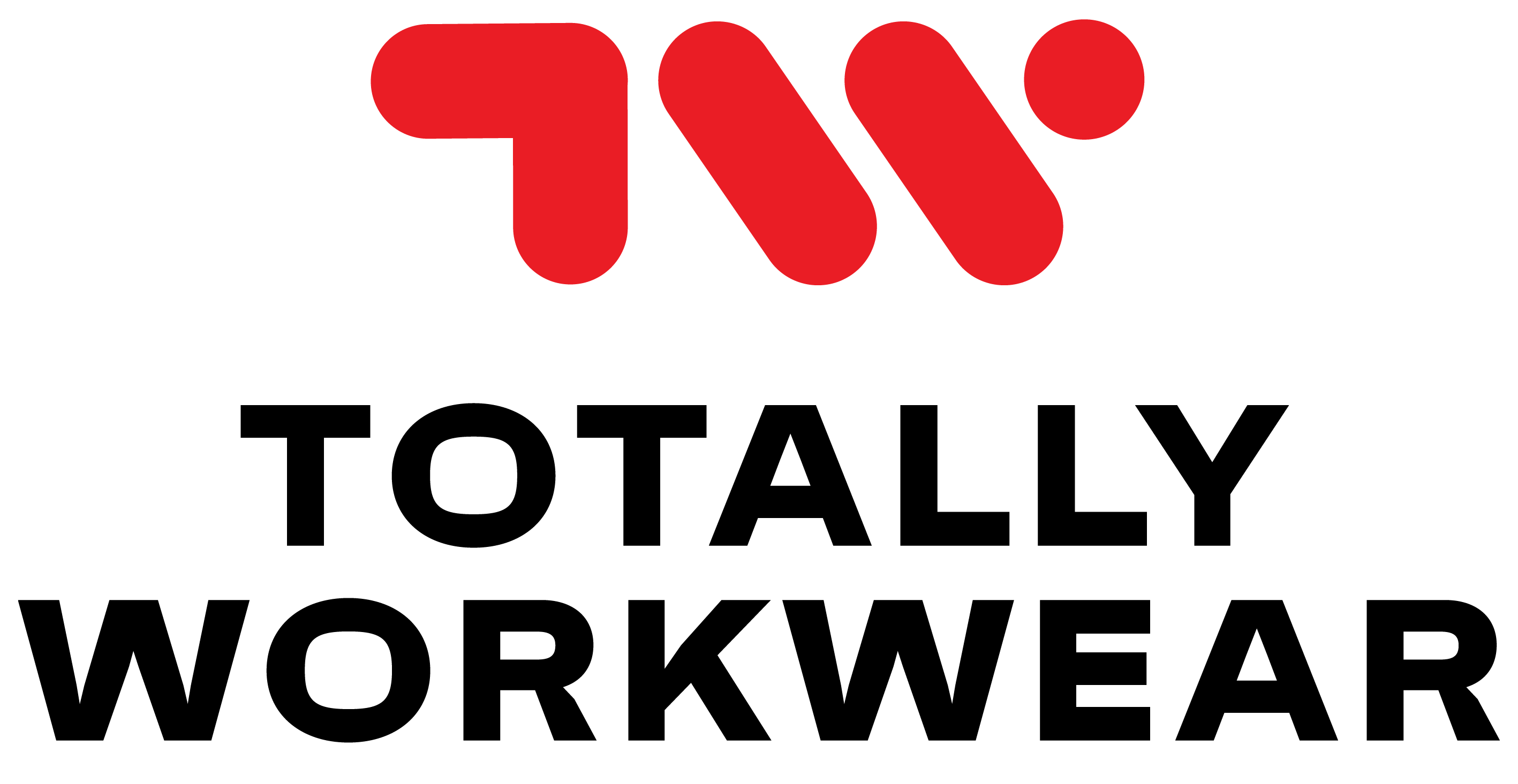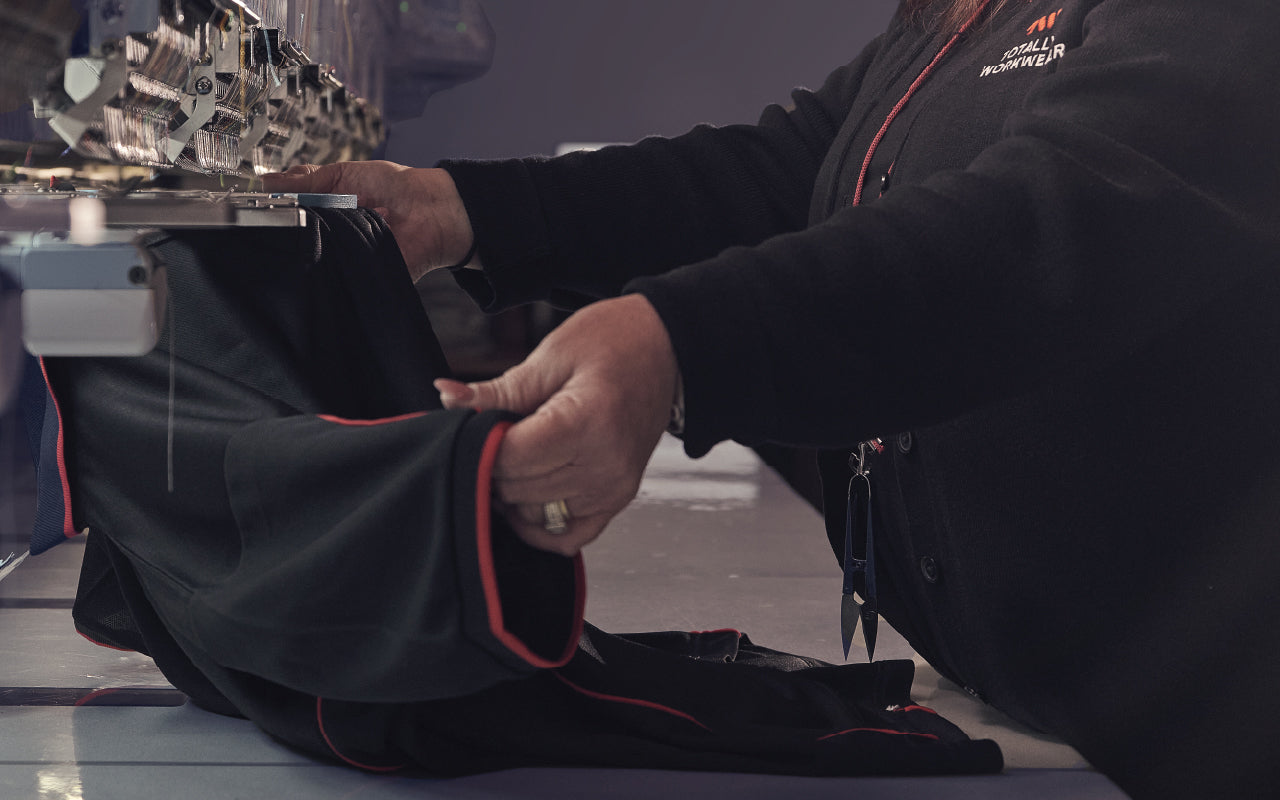Branding is more than just a logo—it’s a visual handshake that communicates trust, unity, and professionalism. But how do you choose the right branding method for your team’s custom uniforms? Let’s break down the key techniques, their advantages, and the best fit for your industry. Enquire here
Why Custom Uniforms Matter for Workwear
Custom uniforms serve as practical tools and powerful branding assets. They help teams project a cohesive image, simplify dress codes, and build brand loyalty among clients and employees. With a sleek, branded uniform, businesses:
- Instantly boost professionalism.
- Enhance customer trust.
- Support staff morale and pride.
- Strengthen brand recognition in every interaction.
Because every industry has unique demands, choosing the right approach ensures your uniforms work as hard as your people do.
Embroidery: Timeless Quality for Lasting Impression
Embroidery stands out for combining durability with a premium, textured appearance. Using threads to stitch your logo or design directly onto fabric, this method ages gracefully and outlasts heavy wear.
Benefits:
- Durability: Embroidered graphics resist repeated washing and rugged use.
- Professional look: Finds favor in corporate, hospitality, and education, where a sophisticated appearance matters.
- Versatility: Suits hats, polos, jackets, aprons, and even heavy-duty workwear.
Best for: Office teams, hotel staff, chefs, school uniforms, and field workers wanting logos that stay sharp over time. While embroidery handles most designs, very intricate artwork may need slight simplification.
Screen Printing: Vibrant and Economical for Bold Branding
Screen printing is a time-tested method ideal for large batches of custom uniforms, especially with bold, solid-color logos or statements. Ink is pressed through a mesh stencil onto fabric, creating vivid prints that capture attention.
Benefits:
- Cost-effective for volume: Per-unit prices drop significantly on bulk orders.
- Color vibrancy: Delivers bright and consistent prints, perfect for high-impact branding.
- Versatile placement: Works for T-shirts, sweatshirts, lightweight uniforms, and promotional workwear.
Best for: Retail, sports teams, events, and industries where large teams need matching uniforms at a reasonable cost. Although screen printing excels on cotton and poly-cotton blends, super-stretch or moisture-wicking fabrics may require special treatment.
Heat Press: Flexible Customisation for Modern Teams
Heat press branding uses pressure and heat to transfer vinyl or special ink onto garments. This method is fast, flexible, and great for small runs, personalization, or multi-color art.
Benefits:
- Quick turnaround: Ideal for rush jobs or limited quantities.
- Detailed graphics: Captures fine details and gradients beyond traditional printing.
- Personalization: Easily add names, numbers, or custom touches to each uniform.
Best for: Sports teams needing player names, event staff, or companies running promotional campaigns. Because the applied films can be thick, heat press suits lighter-use apparel better than rugged workwear.
Vinyl vs. Digital Heat Transfers
Heat presses use two main film types:
- Vinyl transfers: Single-color, durable films for names, numbers, or basic graphics.
- Digital transfers: Print complex images (including photos) onto transfer paper, offering nearly unlimited color possibilities. Especially popular for creative industries and branded T-shirts.
Both offer crisp imagery, but consider garment type and wear conditions.
Transfer Printing: Photorealistic Results for Creative Needs
Transfer printing takes digital designs and prints them onto special paper, which is then heat-pressed onto the uniform. This method delivers almost unlimited color options and captures gradients, shading, and photo-quality images.
Benefits:
- Photo-quality detail: True-to-life images and complex logos stand out.
- Low minimums: Great for limited-edition uniforms or creative projects.
- Short lead times: Fast printing means you get results quickly.
Best for: Creative agencies, entertainment, hospitality uniforms, marketing events, or promotional merchandise. While highly versatile, transfer prints don’t embed into fabric as deeply as screen printing or embroidery, so the finish may be less durable for heavy-duty workwear.
Matching Branding Methods with Workwear Industries
Choosing the right decoration technique for your custom uniforms depends on the demands of your sector. Here’s how different methods align with common industries:
- Hospitality: Embroidery gives hotel, restaurant, and catering staff a polished look resistant to stains and frequent laundering.
- Construction and Trades: Hard-wearing embroidery logos stand up to dirt, abrasion, and washing. Screen printing works well for high-visibility safety vests.
- Healthcare: Both heat transfer and embroidery offer sterile, professional branding on scrubs and lab coats.
- Retail and Customer Service: Screen printing or transfers keep large teams consistent and approachable without breaking the budget.
- Sports and Events: Heat press and transfer printing let you personalize each uniform—names, numbers, and event branding.
- Education: Embroidery on school uniforms and sportswear ensures logos last all year.
- Promotions and Campaigns: Screen printing and transfer printing are great for T-shirts, giveaways, and temporary uniforms.
Key Considerations When Customizing Uniforms
Uniform branding isn’t solely about looks. To maximize return on investment and staff satisfaction, keep these points in mind:
- Fabric compatibility: Not all fabrics suit every method. Embroidery works on heavier textiles; heat press prefers smooth, synthetic blends.
- Order size and frequency: Embroidery and screen printing shine with large orders, while heat press handles small runs and personalization.
- Design complexity: Choose transfer printing or digital heat presses for photo-quality or multicolor artwork.
- Durability needs: For daily, rugged use, prioritize embroidery or screen printing for long-lasting results.
- Budget: Screen printing offers savings for scale; individualization (via heat press) may cost more per piece.
Work with your supplier to review garment type, logo placement, and intended use to select the right technique. Many businesses mix methods—for example, embroidered logos on polos and screen-printed branding on supporting T-shirts.
Sustainability and Modern Trends in Uniform Branding
Eco-conscious businesses are seeking sustainable options for custom uniforms. Fortunately, branding methods continue to evolve:
- Water-based screen printing: Lower environmental impact than traditional plastisol inks.
- Recycled or organic uniforms: Many suppliers offer eco-friendly uniform fabrics that still accept screen printing, transfers, or embroidery.
- Low-waste digital printing: Transfer and digital heat printing can minimize leftover ink or excess materials.
Trendy color-matching, tone-on-tone embroidery, and minimalist logos are also gaining ground across industries, helping brands stay fresh without sacrificing practicality.
How to Choose the Ideal Branding Technique
With several options available, select according to your needs:
- Prioritize embroidery for high-durability and a classic feel.
- Opt for screen printing to create unified, color-rich statements across many garments.
- Use heat press or transfer printing for on-demand customization, detailed graphics, or unique creative effects.
Don’t hesitate to ask for visual samples or test runs. Reliable suppliers often provide mock-ups so you can sign off with confidence before ordering.
Conclusion
Selecting the best branding method for your custom uniforms helps your business project consistency, quality, and pride. From timeless embroidery to versatile heat press and vibrant transfer printing, there’s an ideal solution for every industry and budget. Bring your workwear to life—choose the best technique and put your brand front and center.



Share:
Branded Uniforms: Building Team Unity and Professionalism through Workwear
How to Manage Uniform Ordering for a Large Team